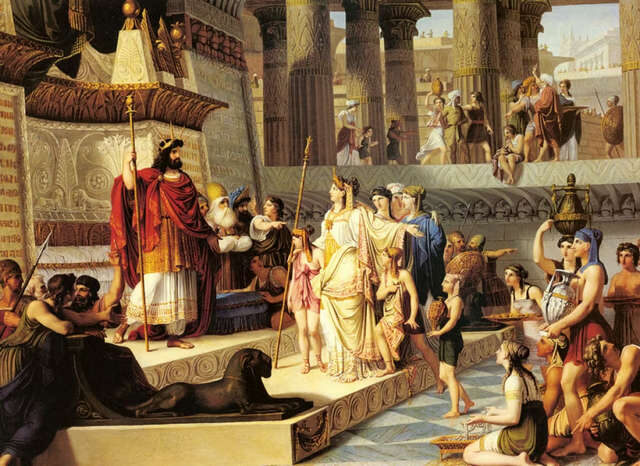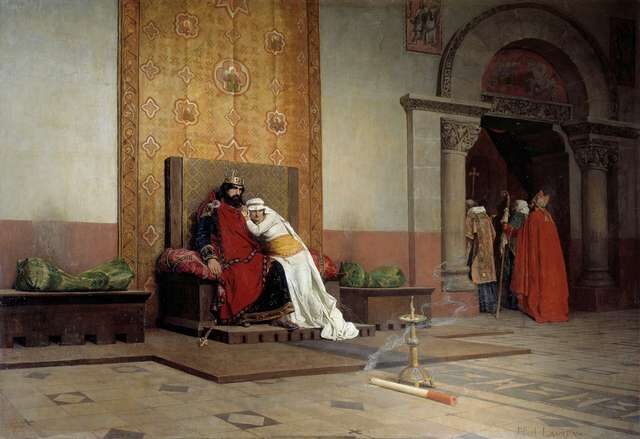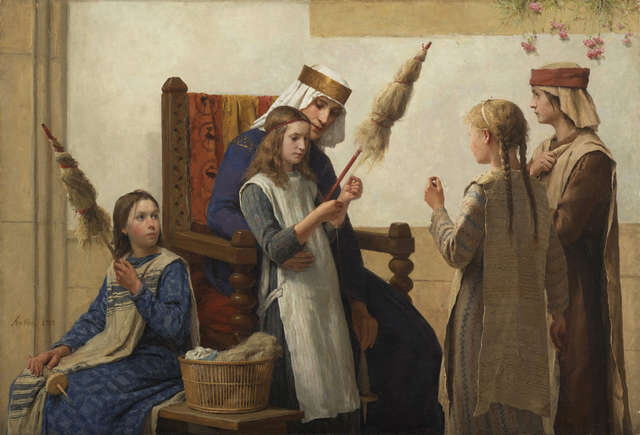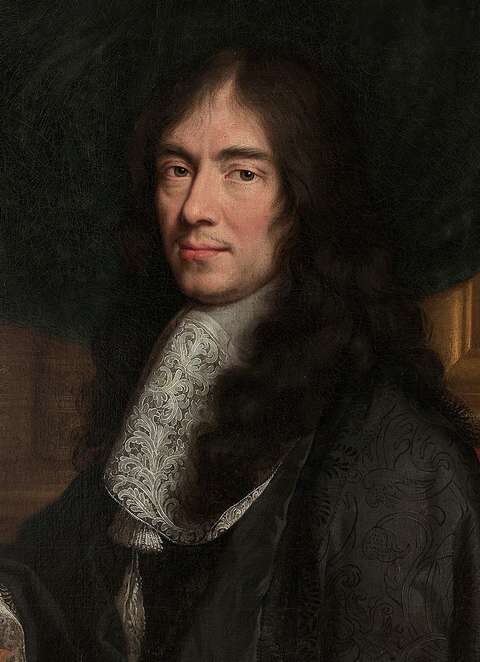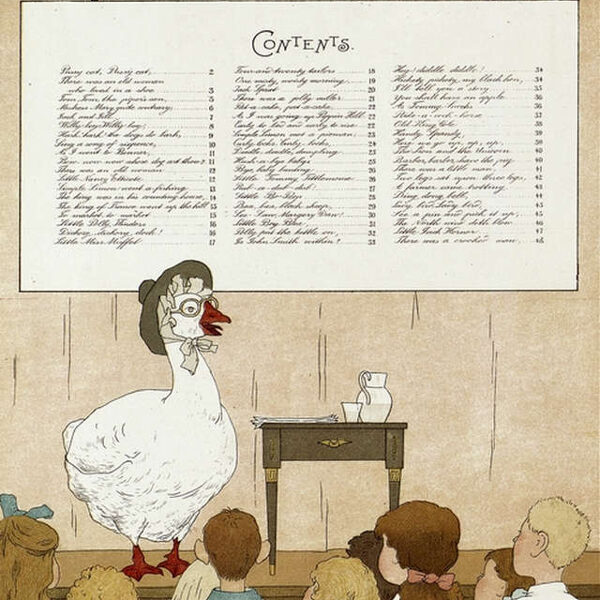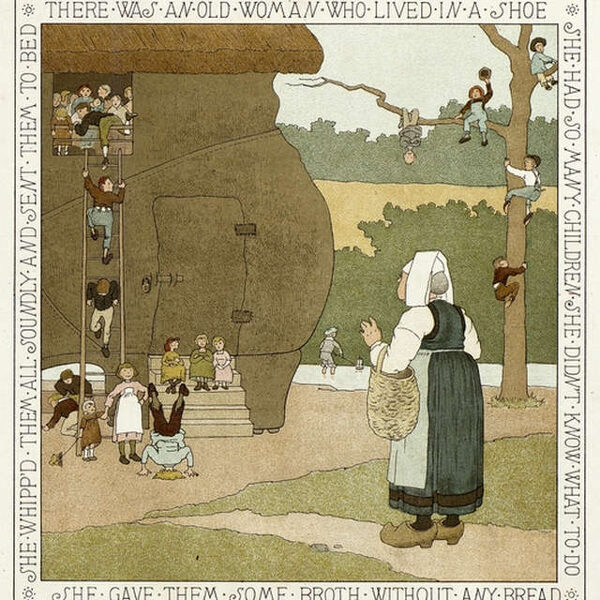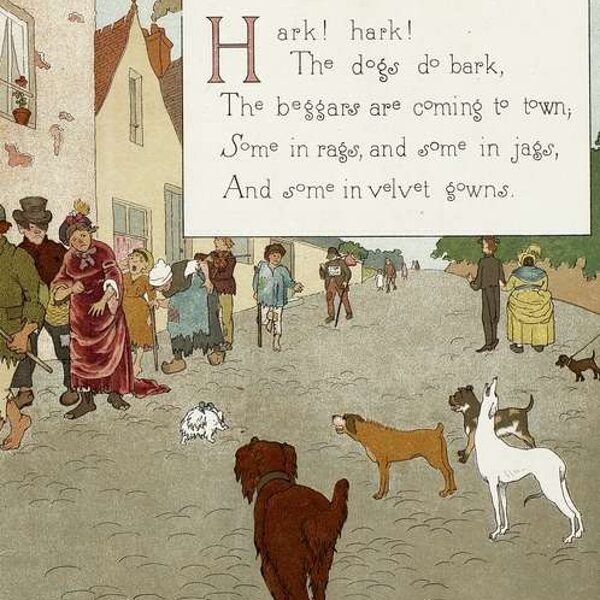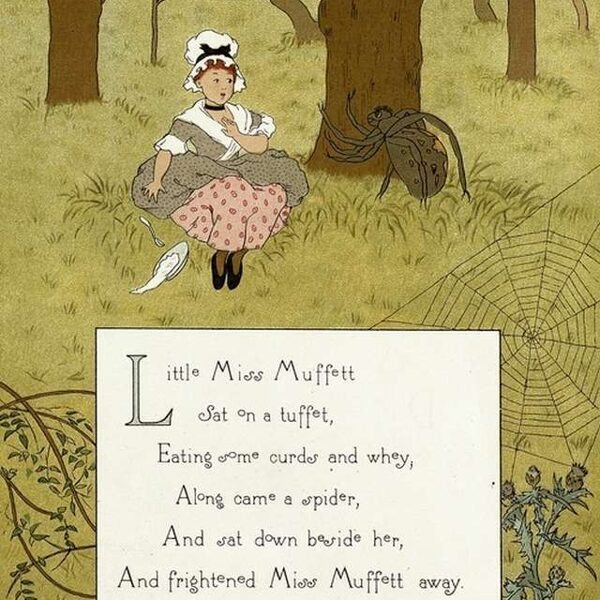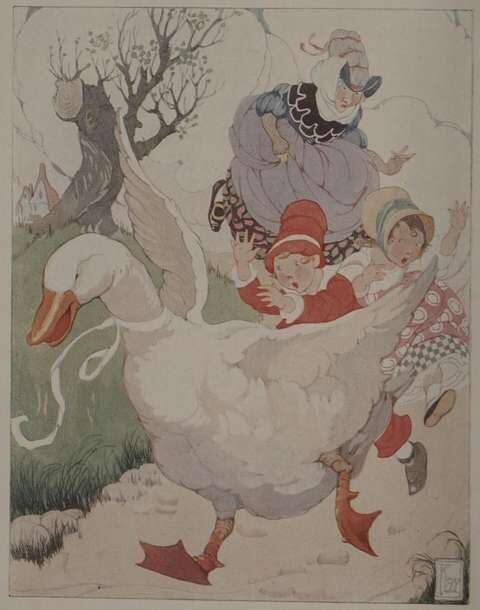Robert II and Bertha of Burgundy by Jean Paul Laurens (1838-1921)
Bertha was first married to Count Odo I and had several children with him. When she met Robert II, he had already annulled his first marriage because his wife was too old to give him a male successor. Robert and Bertha immediately fell in love despite the fact she was still married and they were close relatives - their grandmothers were sisters. When Odo I died, they married and got into trouble with Pope Gregory V who demanded their separation. They didn't obey and had a stillborn child. People rumored that he was born with a head of the goose, which was a punishment for the sins of his parents. The next Pope, Sylvester II, made another demand for separation, and that actually happened, very likely because Bertha wasn't able to give more births and Robert II was in desperate need of a male son.
It's interesting to note that Bertha's nickname was Bertha the Spinner because she supposedly loved to tell stories to children even if they were not hers. Spinners were often great storytellers and deformed feet were among their characteristics. On the other hand, we'll probably never know what was true for one and what for the other Bertha, and what was simply a result of imagination. We shall also add that people in France still sometimes describe things that happened very long ago as 'from times when Bertha spun'.
